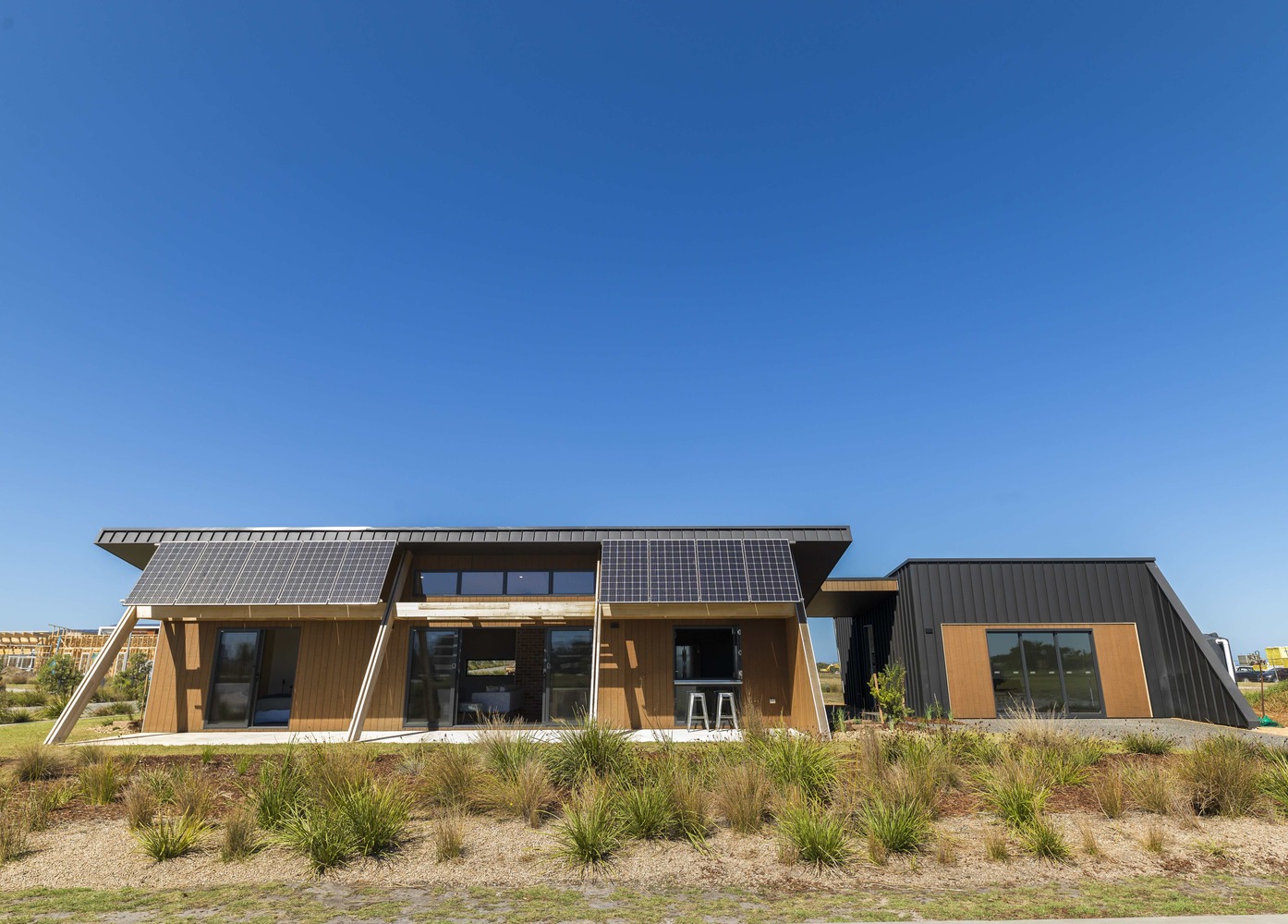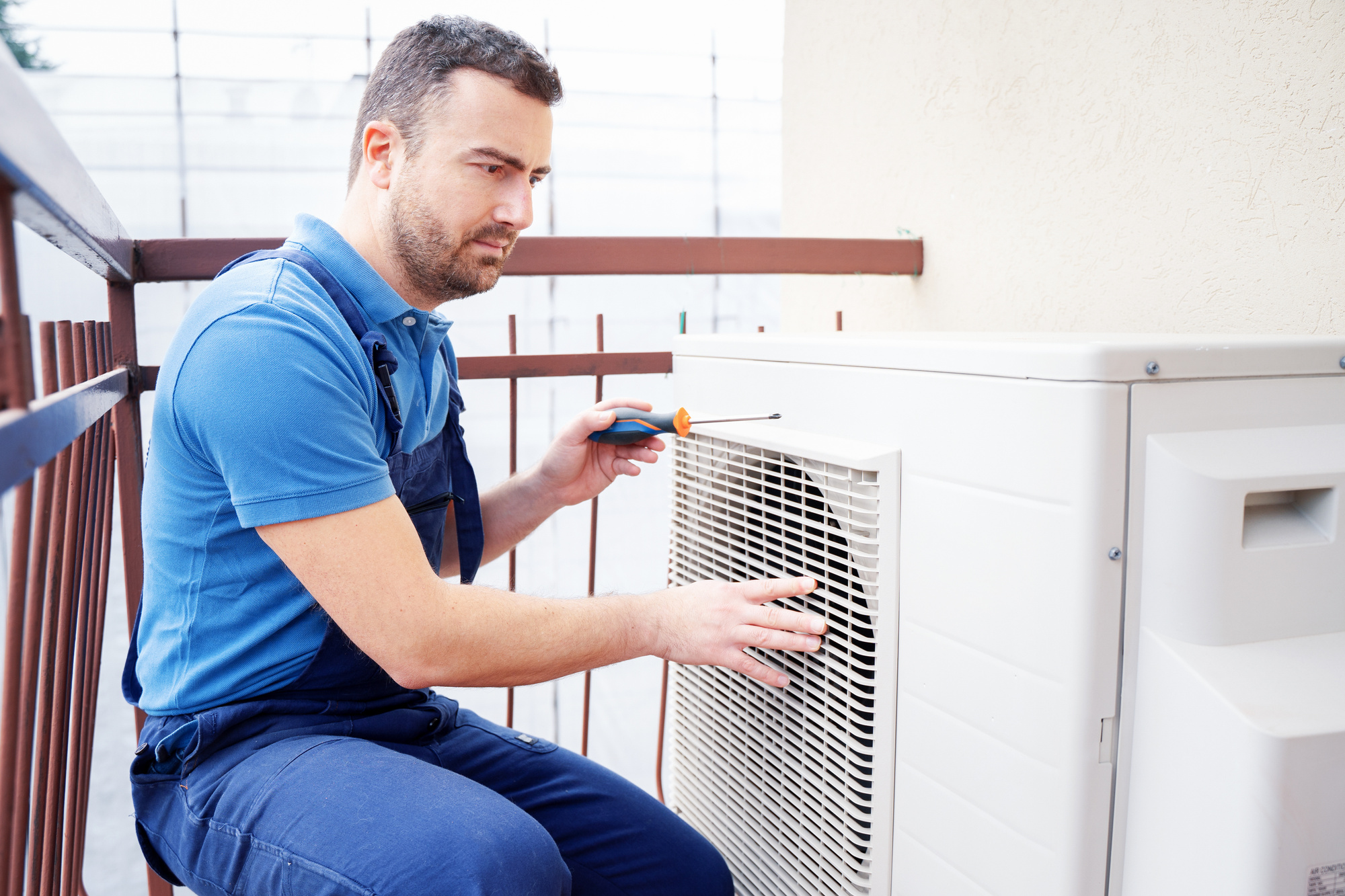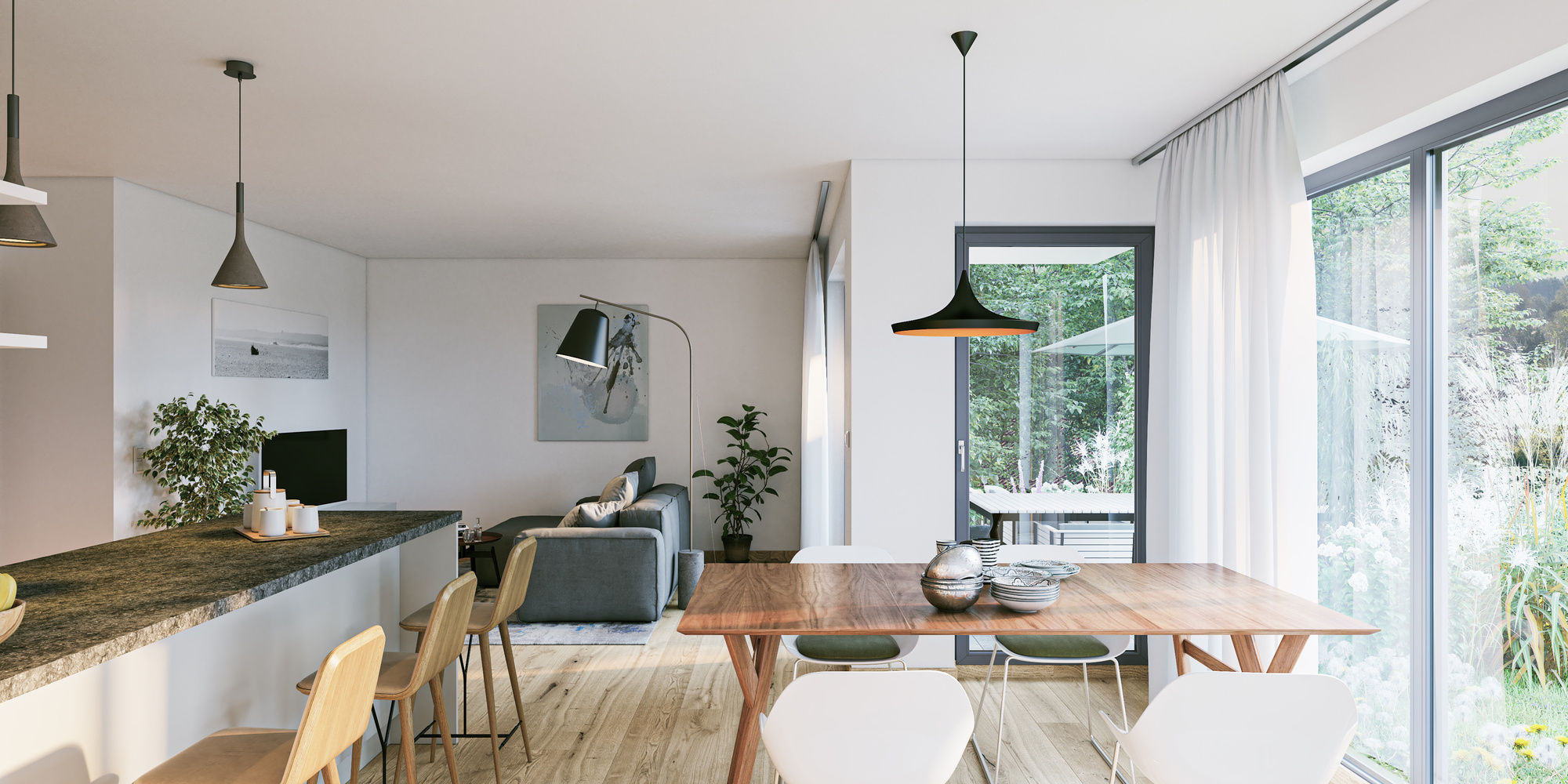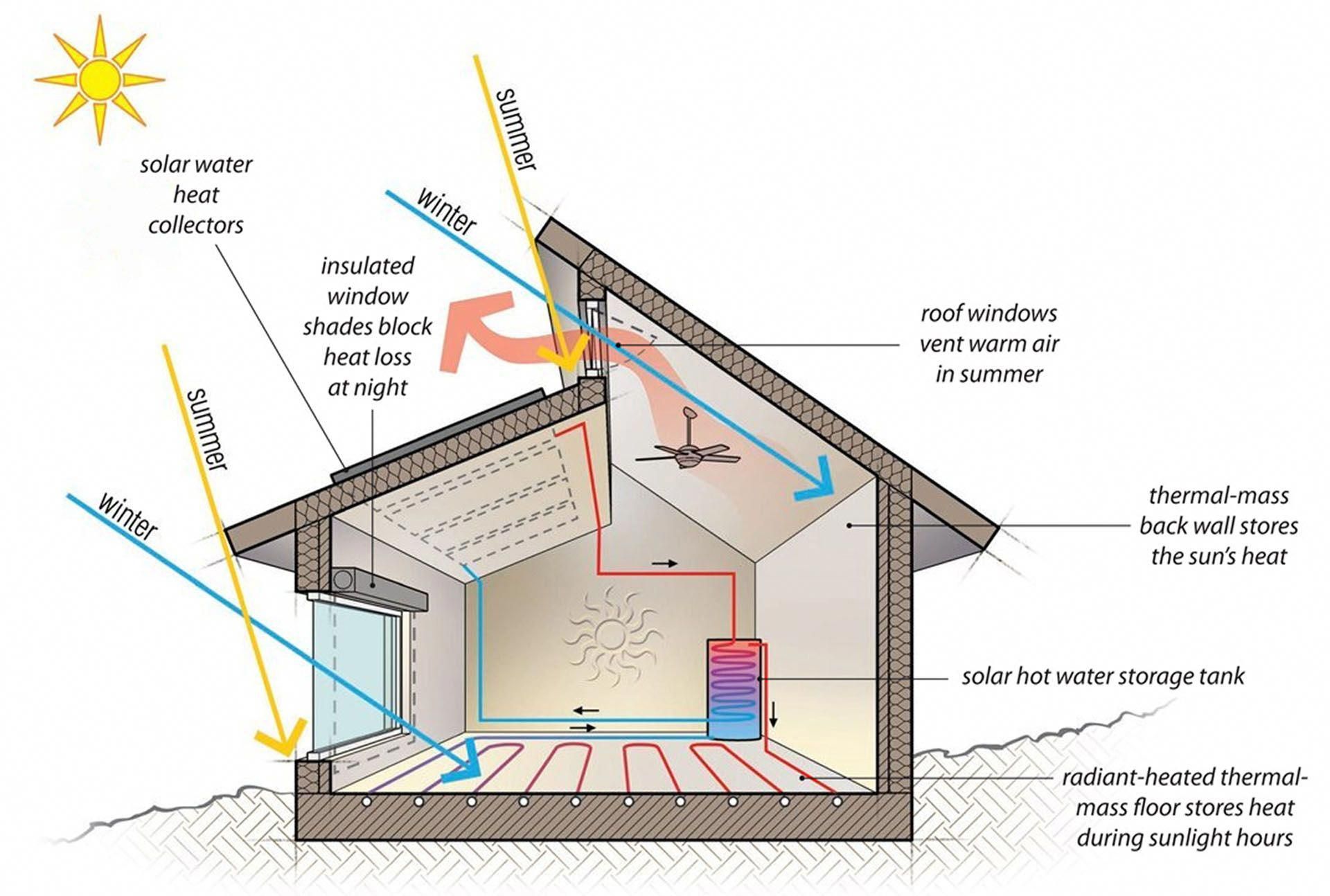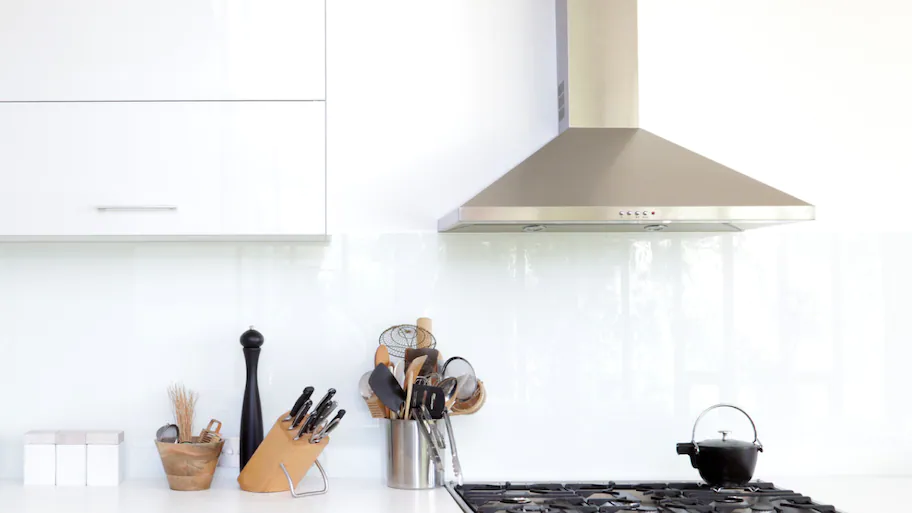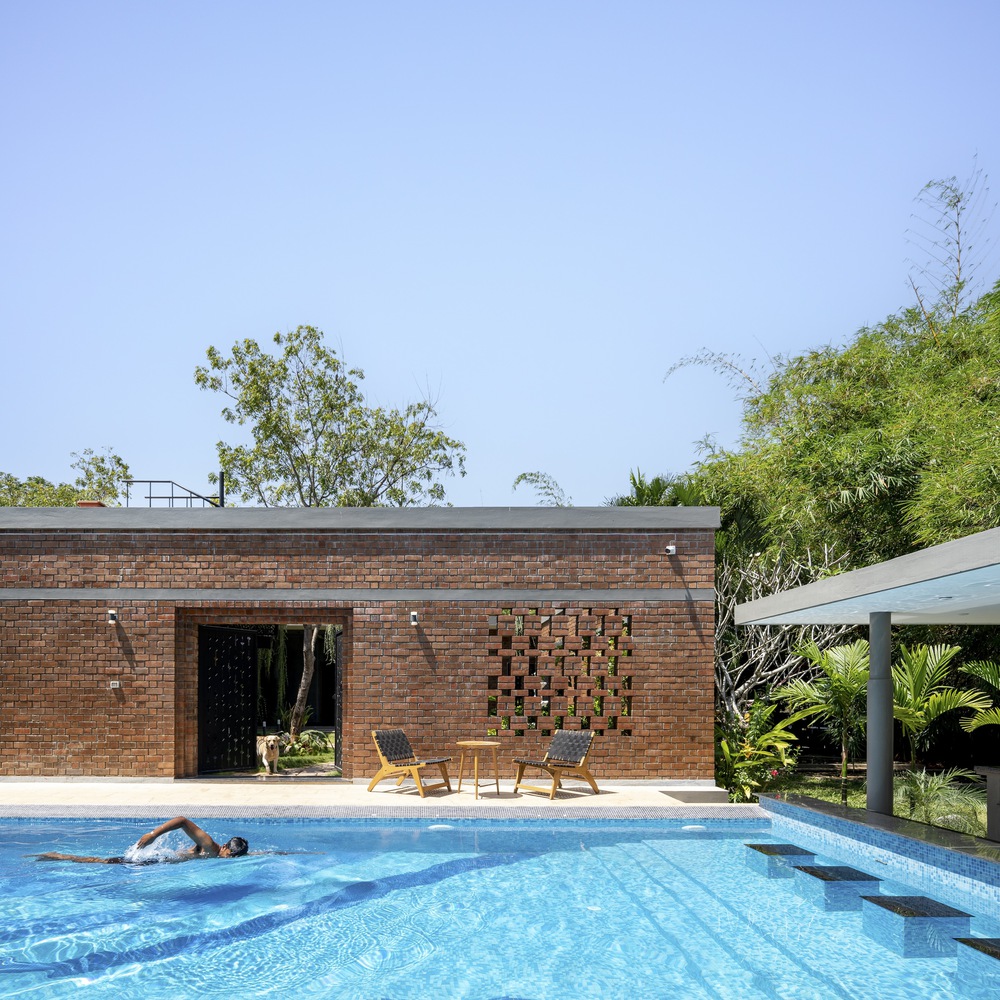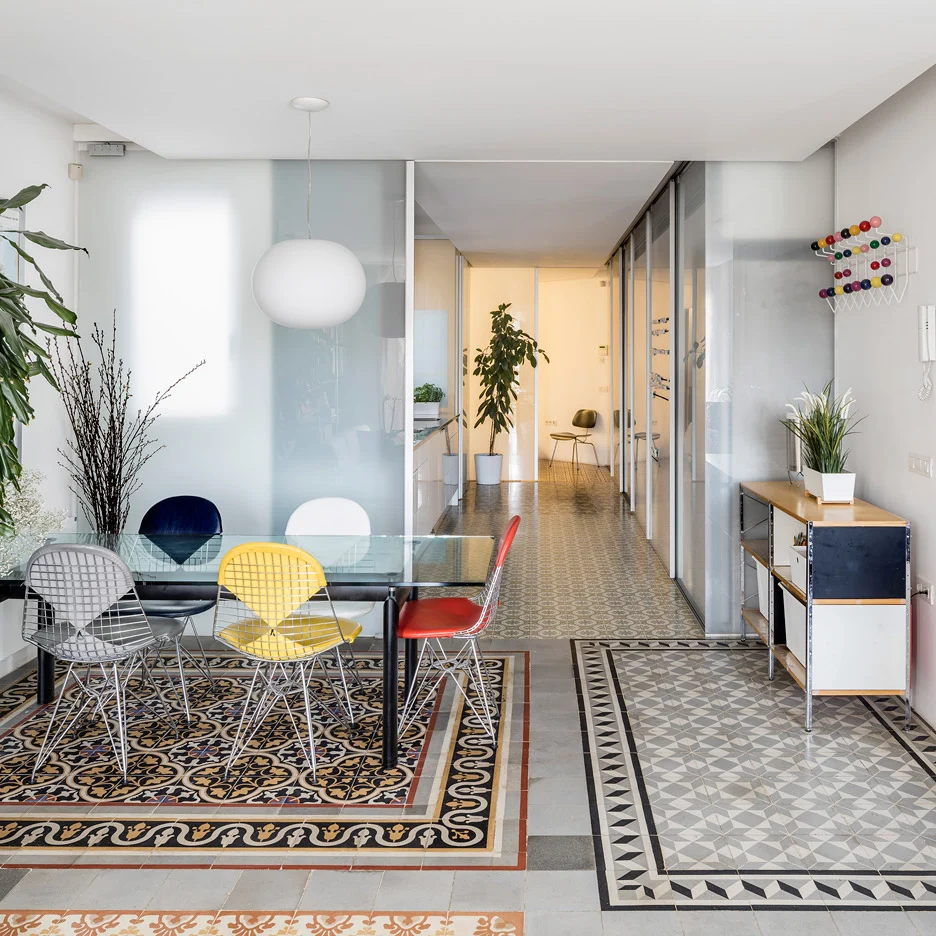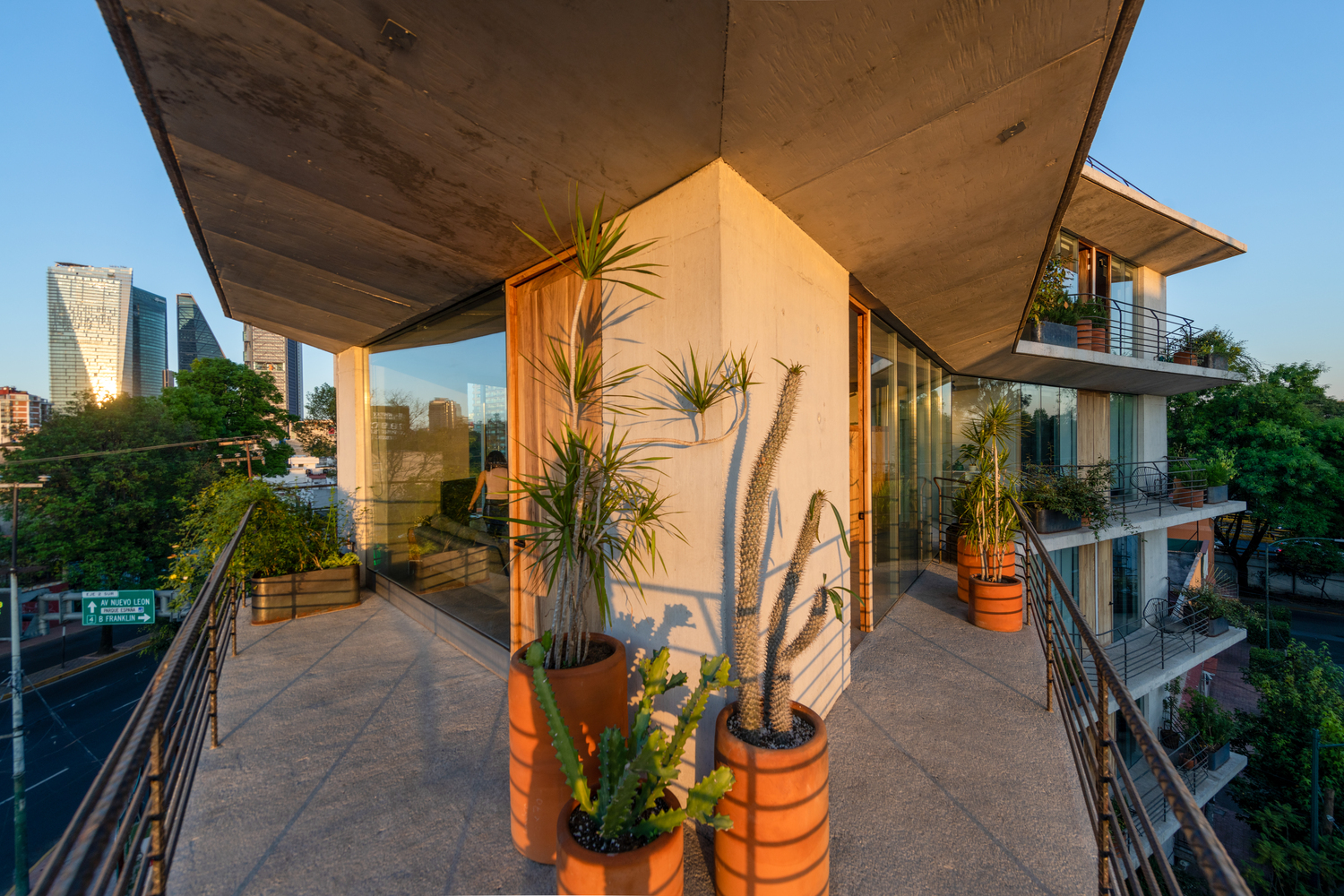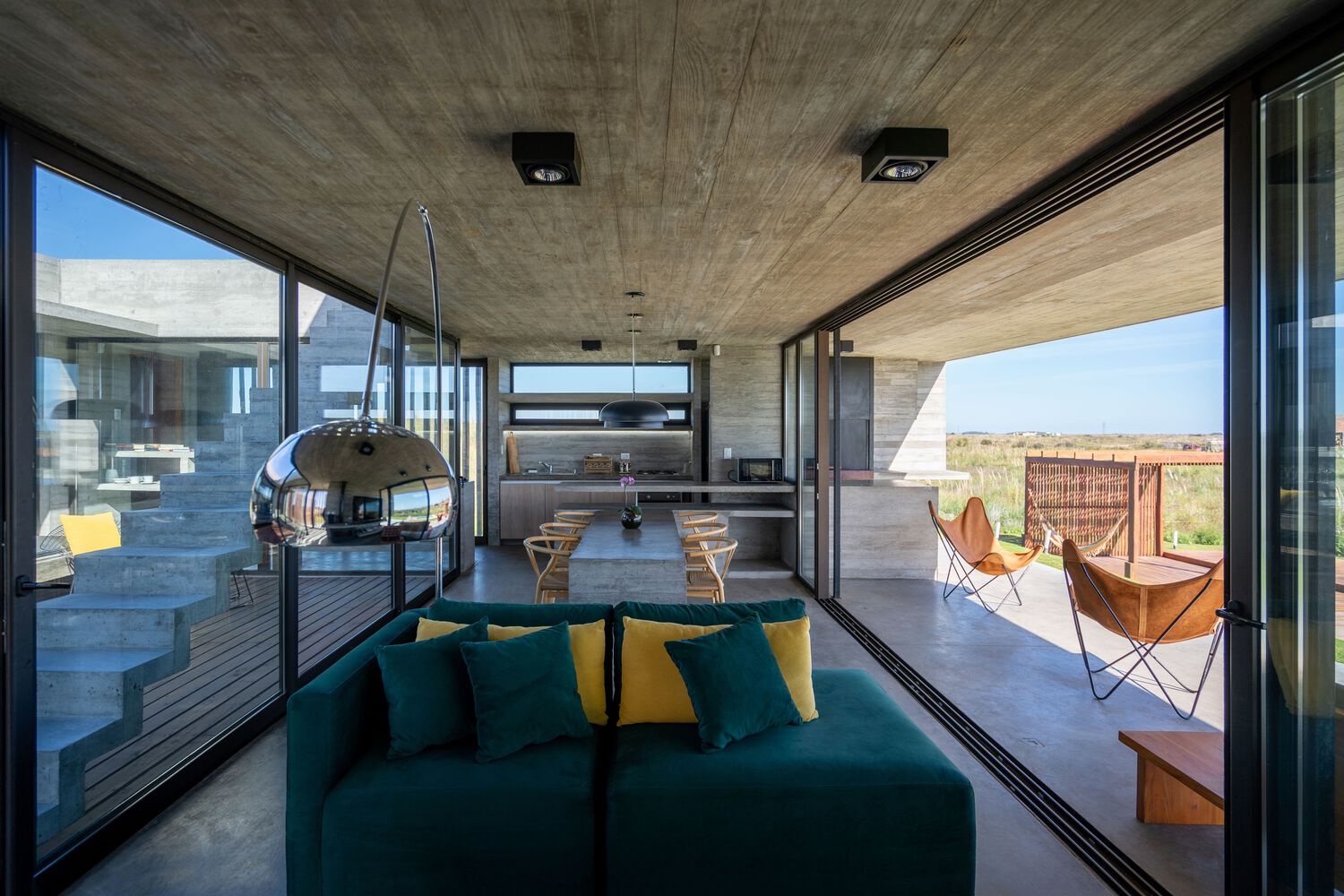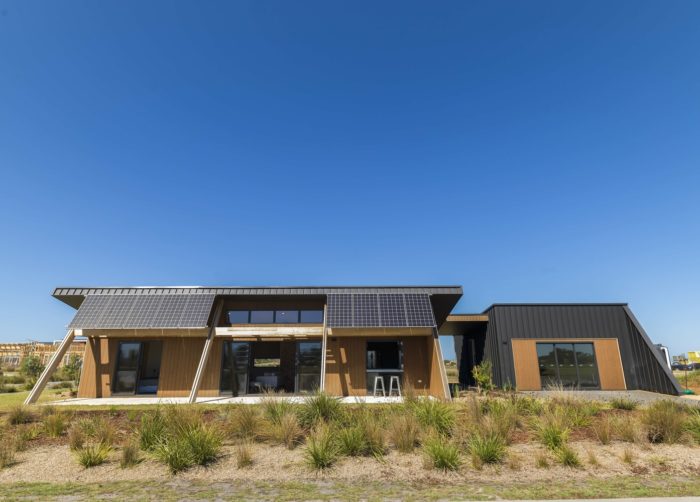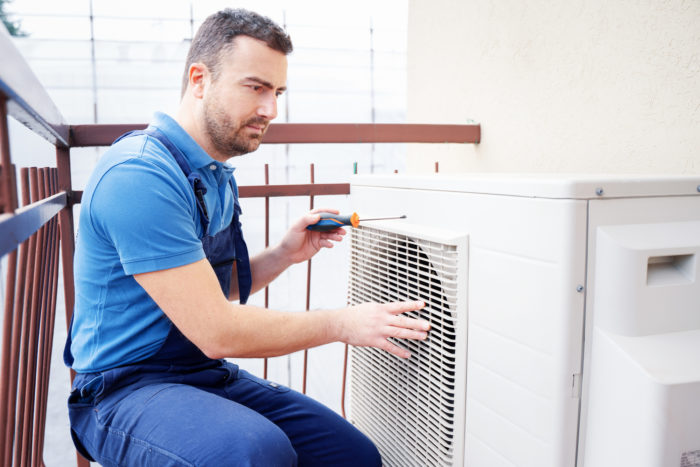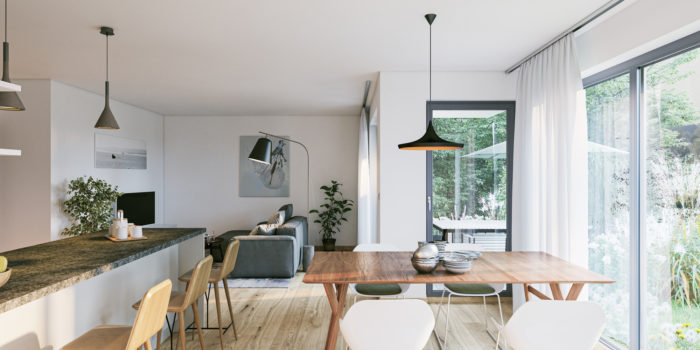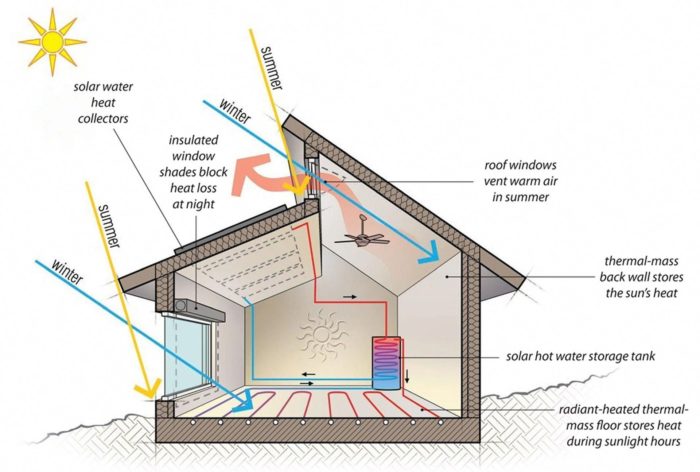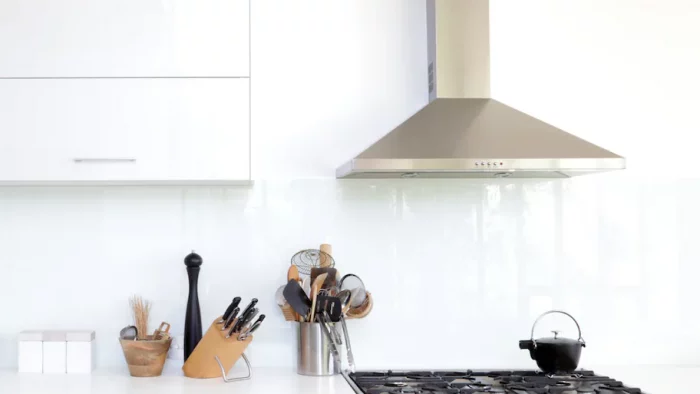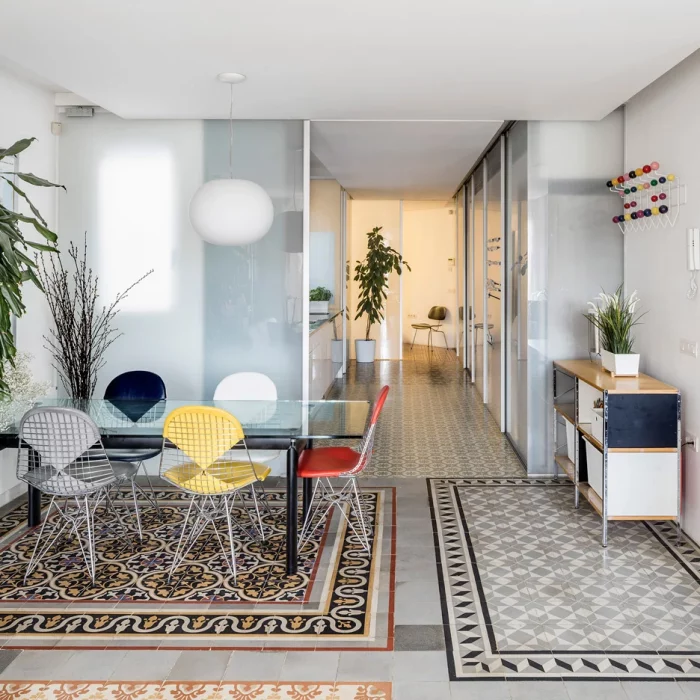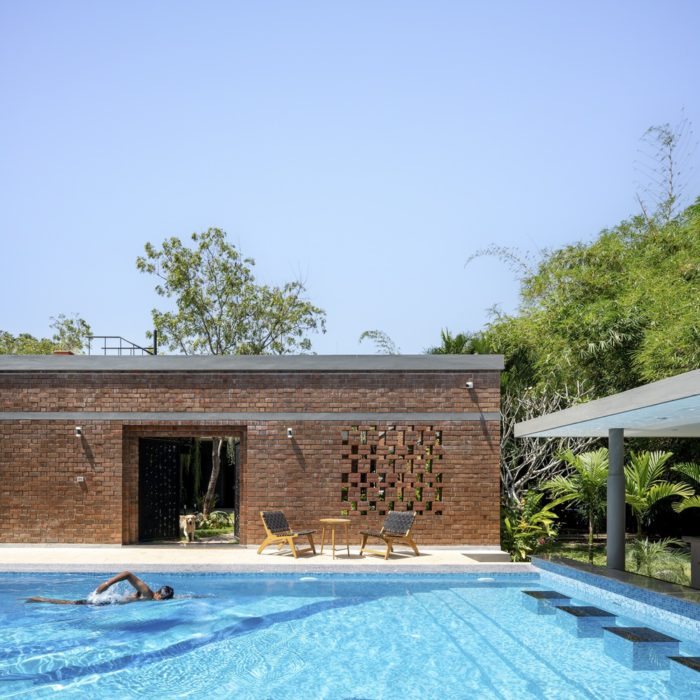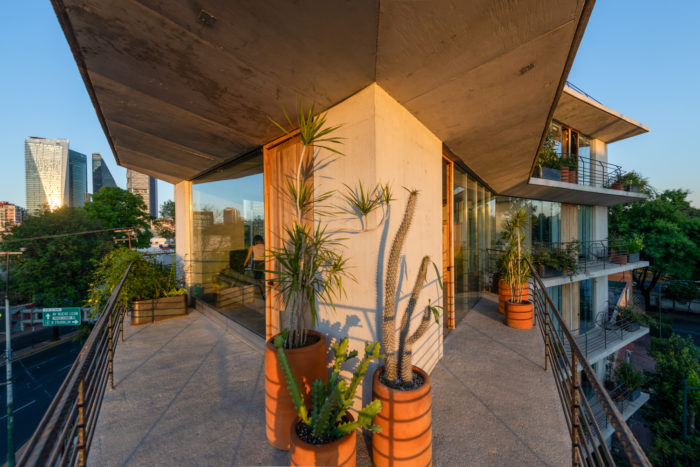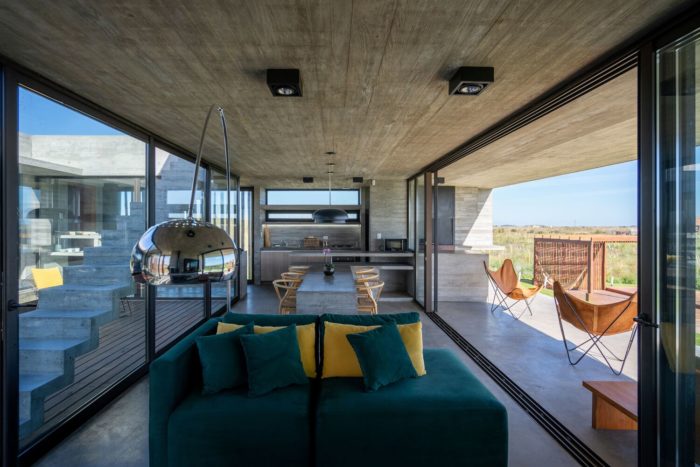Designing a home in a hot climate requires careful consideration of several factors, including the orientation of the building, the materials used in construction, and shading and Ventilation. The goal is to create a comfortable living space that remains cool and energy-efficient, even in the year’s hottest months.
With the right design choices, it is possible to enjoy the benefits of living in a warm and sunny climate while minimizing the impact of the heat on your daily life. This article will explore some key strategies for designing a stylish and functional home in a hot climate.
Related Article: 20 Brilliant Ways To Include Hammocks In Interiors And Exteriors.
How To Design A Home In A Hot Climate?
The searing heat and unbearable humidity in a hot season can make your living spaces uncomfortable. Fortunately, there are ways you can design your home to lessen heat gain and keep the indoors cool. Read on for seven ways to perfectly design a home in a hot climate.
1) Consider Installing An Air Conditioning System
Air conditioners enhance the cooling in your home throughout the summer, providing a refreshing breeze and ensuring a comfortable environment for rest. Integrating an innovative air conditioning unit allows you to manage your indoor temperature effortlessly. This intelligent system can learn your temperature and humidity preferences, automatically adapting the settings to suit your needs. Moreover, you can set location-based controls or establish a daily schedule, enabling the air conditioner to activate automatically at designated times.
And to improve efficiency, consider AC and fan combination. It helps to understand how a fan benefits your air con. A fan allows you to circulate conditioned air from the AC unit through the rotational direction of the blades. So, instead of the cold air settling down, it’s spread evenly throughout the room. Also, as it moves air around the room, a ceiling fan creates a wind chill effect indoors, making you feel more relaxed.
Moreover, using your AC in fan mode comes with more benefits. The fan recirculates the air that’s already indoors while the compressor is turned off. Here are its advantages:
- Can reduce energy consumption: A fan uses significantly less power than it takes to run the unit’s compressor.
- Prolongs the useful life of your AC unit: Running your AC continuously in cooling mode can take a heavy toll on your unit. So, using a fan is an ideal way to give it a break and ensure it lasts.
The best time to use AC fan mode in the room is when you’re okay with the indoor temperatures but want the extra comfort of circulating the air more efficiently. For example, you can use the fan mode at night if you need a breeze to help you sleep better. Besides, you can reduce energy consumption by using fan mode to recirculate the air in the morning before temperatures rise.
2) Choose UV-Deflecting Glass For Your Windows
The window is equipped with a low e-coating, which effectively reflects UV light and selectively permits the passage of the visible spectrum. This innovative feature allows natural light to enter your space while preventing excessive heat buildup. You can open your curtains during the day, welcoming sunlight indoors without the drawbacks of significant temperature elevation or exposure to harmful solar radiation.
3) Solar Tracking
When planning the design of your home, it is essential to carefully assess how sunlight angles impact various areas of your house. This aspect holds significant importance in ensuring optimal cooling of your property. Typically, the eastern side of your home receives gentle morning sunlight, providing a refreshing and invigorating ambiance without excessive heat buildup.
As the day progresses, this area tends to be more relaxed. It is advisable to position your kitchen in this east-facing orientation, as it allows you to benefit from early morning solar gain when temperatures are lower while enjoying chillier conditions in the afternoon and evening, especially during meal preparation.
The north orientation offers stable and low-level daylight, and it’s exposed to cold winds. During the hot season, north-facing rooms are relatively calm and comfortable. Your main living spaces, such as bedrooms, should be on this side.
On the other hand, the west side of your home receives a low angle of sunlight which can penetrate the windows in the afternoon. Notably, the west orientation causes overheating of spaces during summer, especially mid-afternoon. So, west-facing rooms aren’t suitable for work, study, or bedrooms. Fortunately, you can reduce the excessive glare by installing curtains. Also, external shading systems such as louver canopies, deciduous trees, shutters, or retractable awnings can help minimize overheating.
Lastly, the southern part of your home is exposed to sunlight most of the daytime and may overheat in summer. Thus, avoid having bedrooms or your kitchen on this part as they can be very hot and uncomfortable.
4) Improve Ventilation
Enhancing airflow in your home is crucial for maintaining a fresh and comfortable environment. Consider installing exhaust fans or air filtration systems in critical areas such as the kitchen, bathroom, or laundry. These devices eliminate humid or stagnant air, promoting continuous fresh air circulation throughout the space.
Additionally, the installation of vents in your attic facilitates upward airflow. As warm indoor air naturally rises, it is expelled through these vents while drawing fresh outdoor air. It is also essential to maximize the opening of doors and windows, allowing cool air to freely enter and circulate within your home.
5) Select The Right Building Materials
Choose your building materials wisely in designing your home for the hot climate. It should minimize heat gain and protect against moisture and heat damage. Below are some tips to consider:
- Use waterproof roofing materials such as asphalt shingles, Spanish tiles, and slate that don’t heat up fast.
- Set up vapor barriers, house wraps, and permeable indoor wall coverings to protect your home from moisture.
- Go for radiant and reflective insulation materials that reflect away unwanted solar radiation, reducing heat transfer to your living spaces. Some options to consider include fiberglass, plastic foam insulation, mineral wool, and cellular glass
Also, you can use sun-dried earth bricks for the exterior of your home. They’re one of the poorest conductors of heat and can minimize heat gain into the interior.
6) Opt For Greenery
You can bring houseplants such as orchids, peace lilies, ferns, rubber plants, and palms to help cool your home in a hot climate. When temperatures rise, plants release excess water into the air from their leaves. This evaporated water cools the plants and the surrounding environment.
You can group them to create a little atmospheric ecosystem that effectively replenishes moisture in the air. The cooling effect can provide much-needed relief from the scorching heat during summer, especially if you like spending time indoors. Besides, houseplants serve as natural air purifiers, adding fresh ambiance to your home.
7) Go For Lighter Color Paints
Darker paints absorb more heat energy. Therefore, consider lighter paint colors such as white, beige, pale blue, or pink to keep your home cool in a hot climate. They have excellent reflective quality, so using them on the outer surface of your building can reduce heat gain.
Designing A Home In A Hot Climate: Conclusion
Maintaining a relaxed and comfortable home is crucial, especially in a hot climate environment, as it ensures the well-being of you and your loved ones. By implementing the design elements, you can effectively create a cooling effect and optimize your home’s ability to ward off external heat. For more comprehensive guidance on designing a home suitable for hot climates, it is advisable to seek the expertise of an architect. They can provide valuable insights and recommendations tailored to your needs and location.
